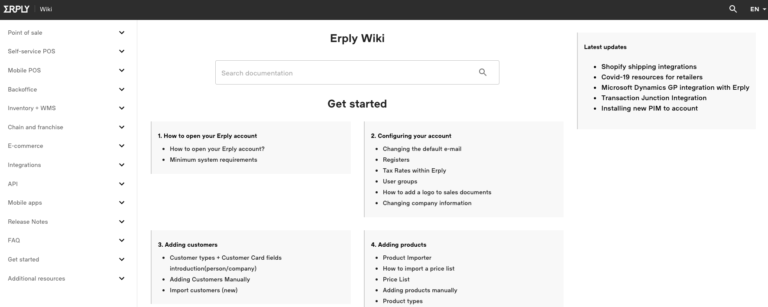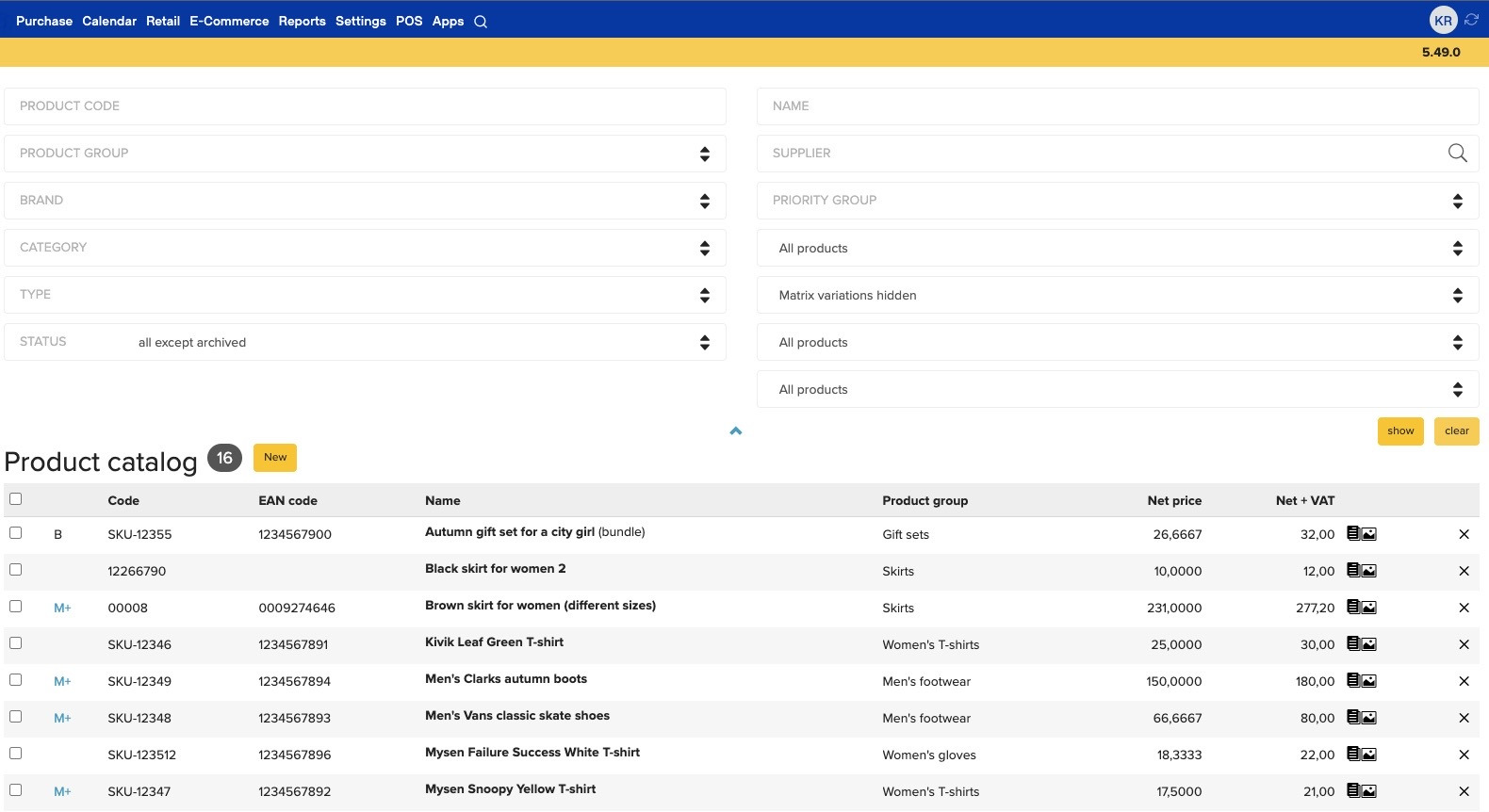Workflow consultation
Workflow consultation is the process in which the implementation manager walks through all standard processes in ERPLY. This is done on a module-by-module basis with relevant parties from the customer’s team. The purpose of this is to fit the customers’ workflows into ERPLY to ensure the best possible usage of the system, reducing work-time for inputs and maximizing output and accuracy. This consultation dovetails nicely into a GAP analysis for any areas where optimal outputs or preferences are not met.
During this process, customer and implementation manager discuss the ERPLY’s standard workflows and customer’s current workflows and needs. Implementation manager identifies any advantages to utilizing ERPLY standard processes and any deficiencies. Customers often benefit from conforming to ERPLY standard flows; if this is not the case the item can be added to the GAP analysis.
We typically hold this session to 1- 1.5-hour blocks, uncapped sessions. As much time is necessary inclusive, but averages 2 hours.
GAP analysis
GAP analysis is tied to workflow consultation. This is the process of vetting out any customizations needed to support the customer’s specific workflows in ERPLY.
This process is done via WEBEX remote meeting. Implementation manager will walk through each module in ERPLY, demonstrating the standard workflows in ERPLY, and consulting with the customer on the differences between standard and what they expect/need. Workflow analysis is done prior to this phase to ensure customer’s familiarity with the system, as well as the agent’s familiarity with customer needs/processes.
GAP identification
1. Customer and implementation manager to agree on what items are to be labeled as GAPS, and added to the GAP analysis document. GAPS are additions or adjustments to the system that are outside of out-of-the-box configuration or workflow.
2. To provide the implementation manager a clear and concise picture of the development need items or processes identified as GAPS will be iterated within the ERPLY system with the customer present. Results including friction points and end goals will later be provided to ERPLY project team for hourly development & cost estimate
3. Once all modules are reviewed, and GAPS identified the ERPLY Implementation manager will create a GAP analysis document reflecting all items identified during the meeting. Properly identified GAPS point out the current ERPLY workflow, where the current solution is lacking, and the customer’s intended outcome. This document will be provided to the customer for review, notes and final approval before cost estimates.
4. Approved and itemized GAP analysis is sent to ERPLY project team to estimate development hours per GAP item, and work with the Implementation manager to suggest non-developmental solutions. Priced developmental solutions and (usually free) non-developmental alternatives will be provided to the customer for review. • GAP item evaluation and development hours identified o Estimate of hours/cost per item is reviewed by the customer and needs to be assessed again. o Often, non-developmental solutions are reassessed.
GAP item evaluation and development hours identified
- Estimate of hours/cost per item is reviewed by the customer and needs to be assessed again.
- Often, non-developmental solutions are reassessed.











